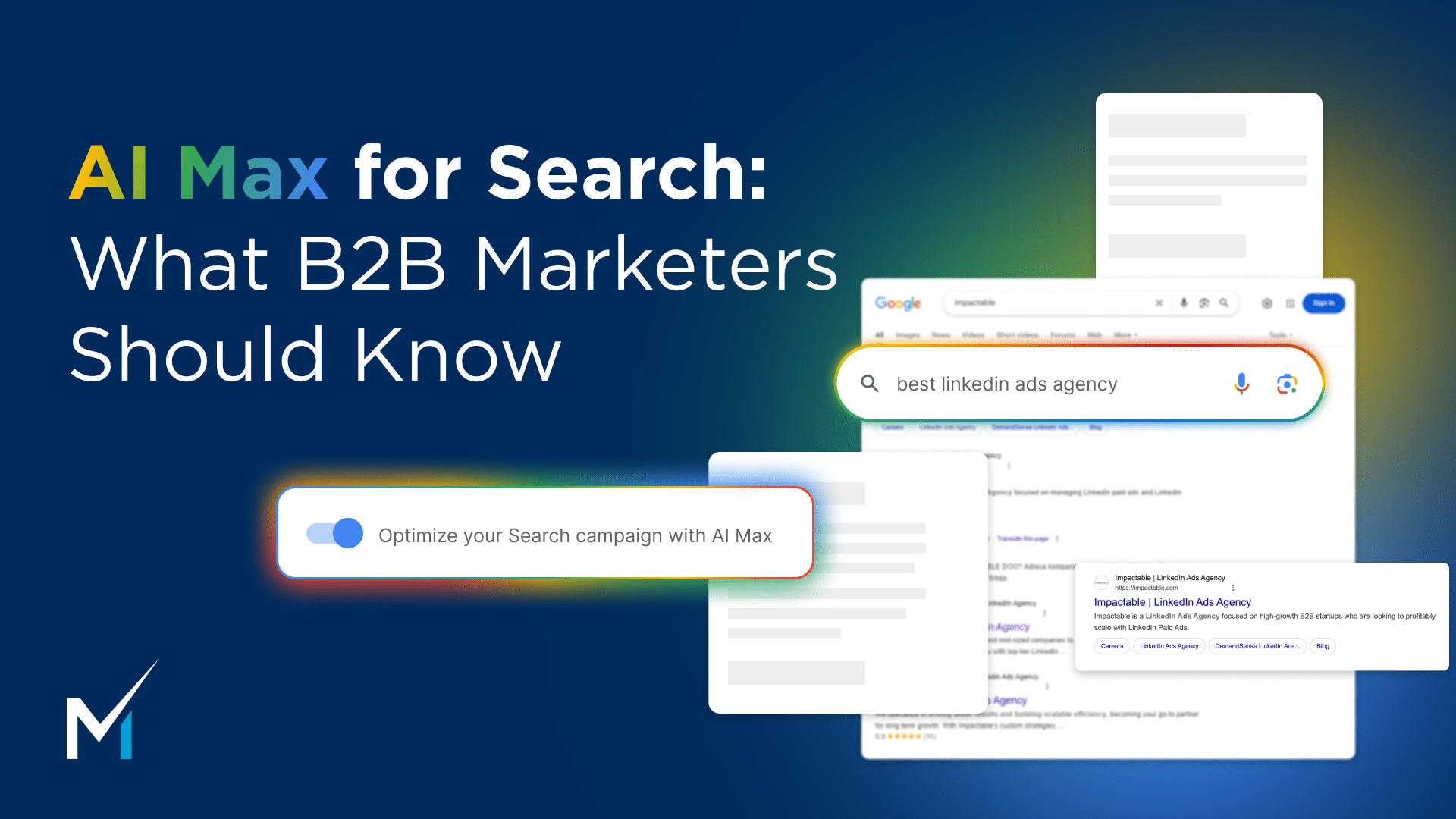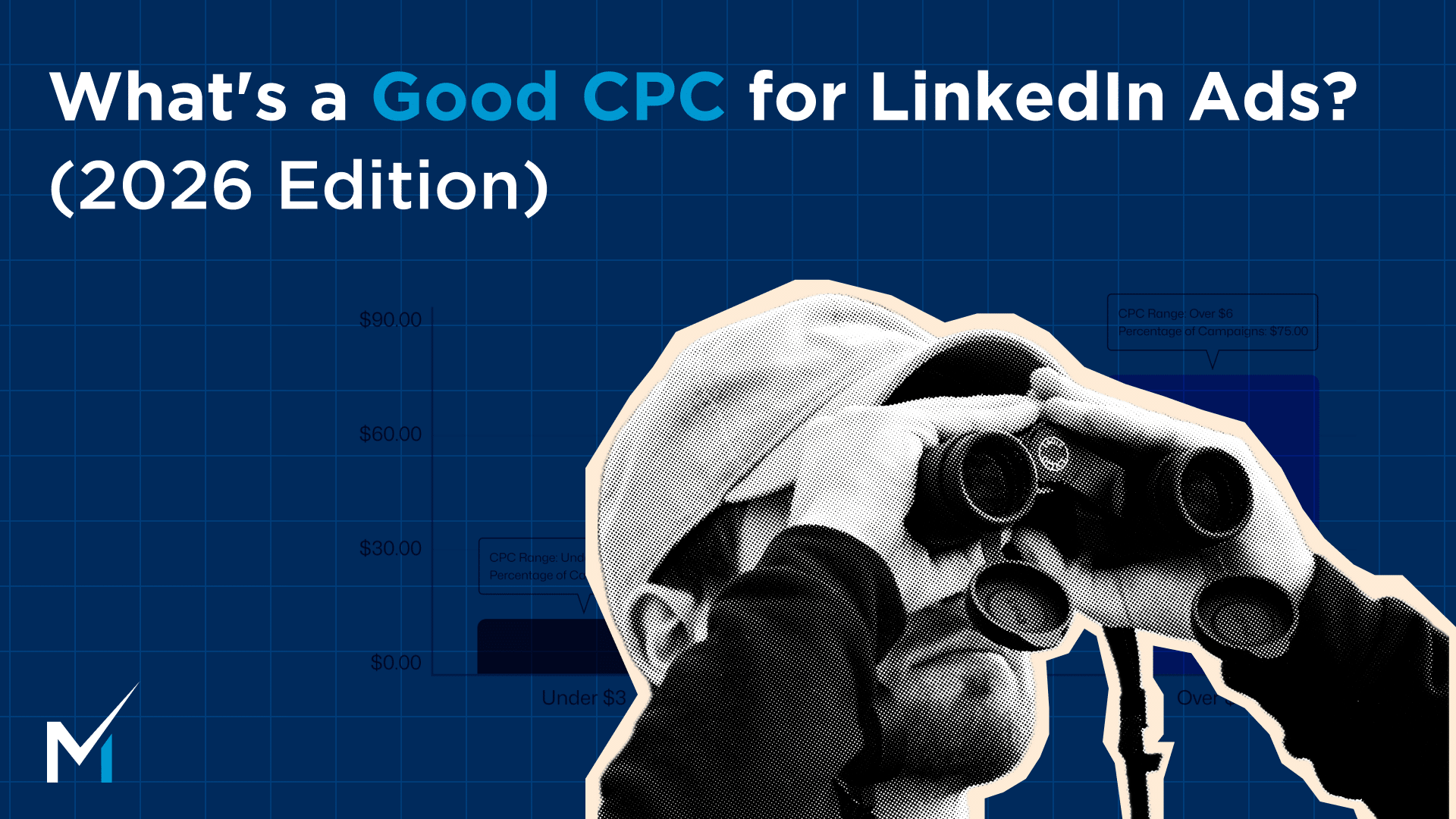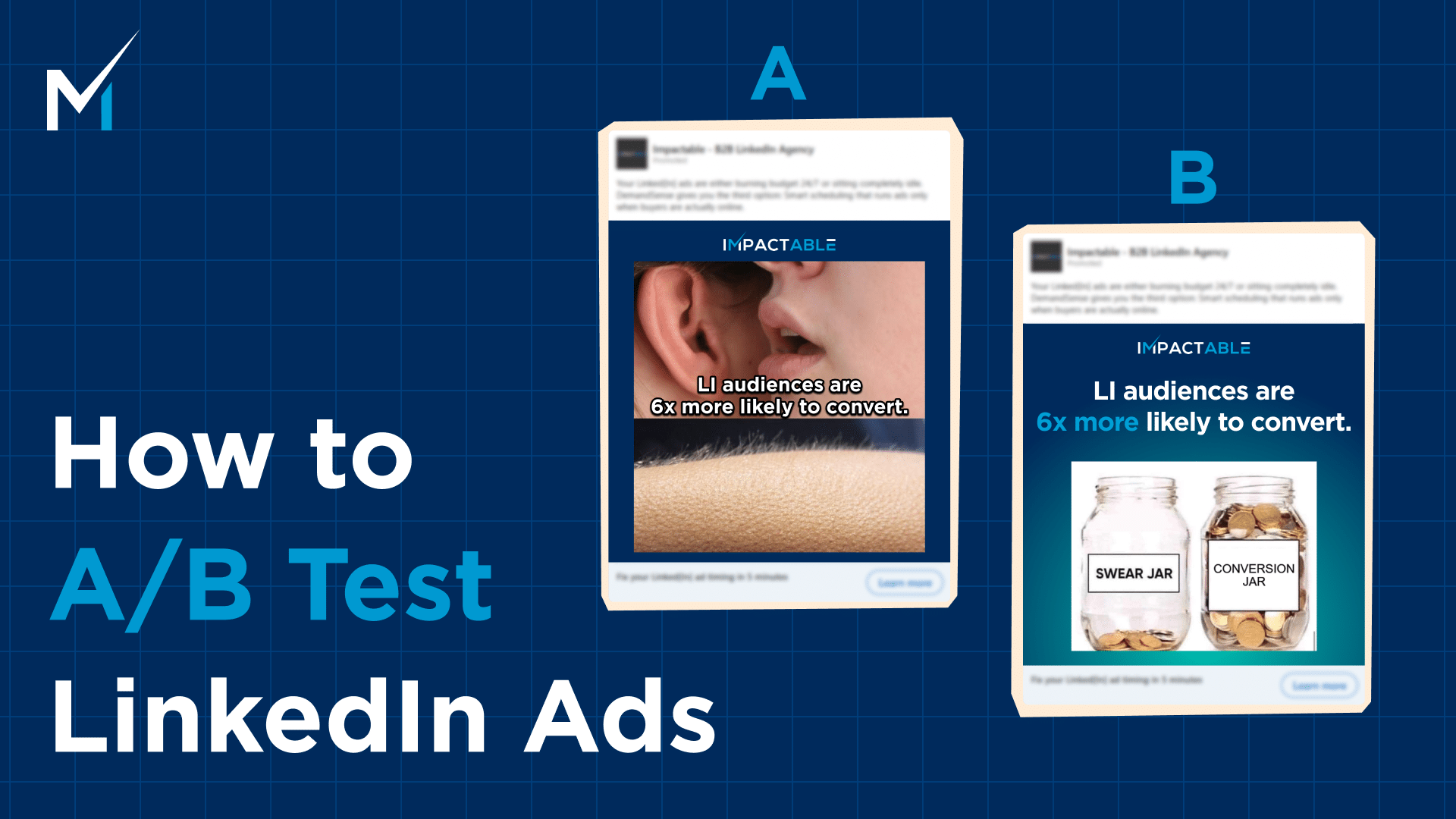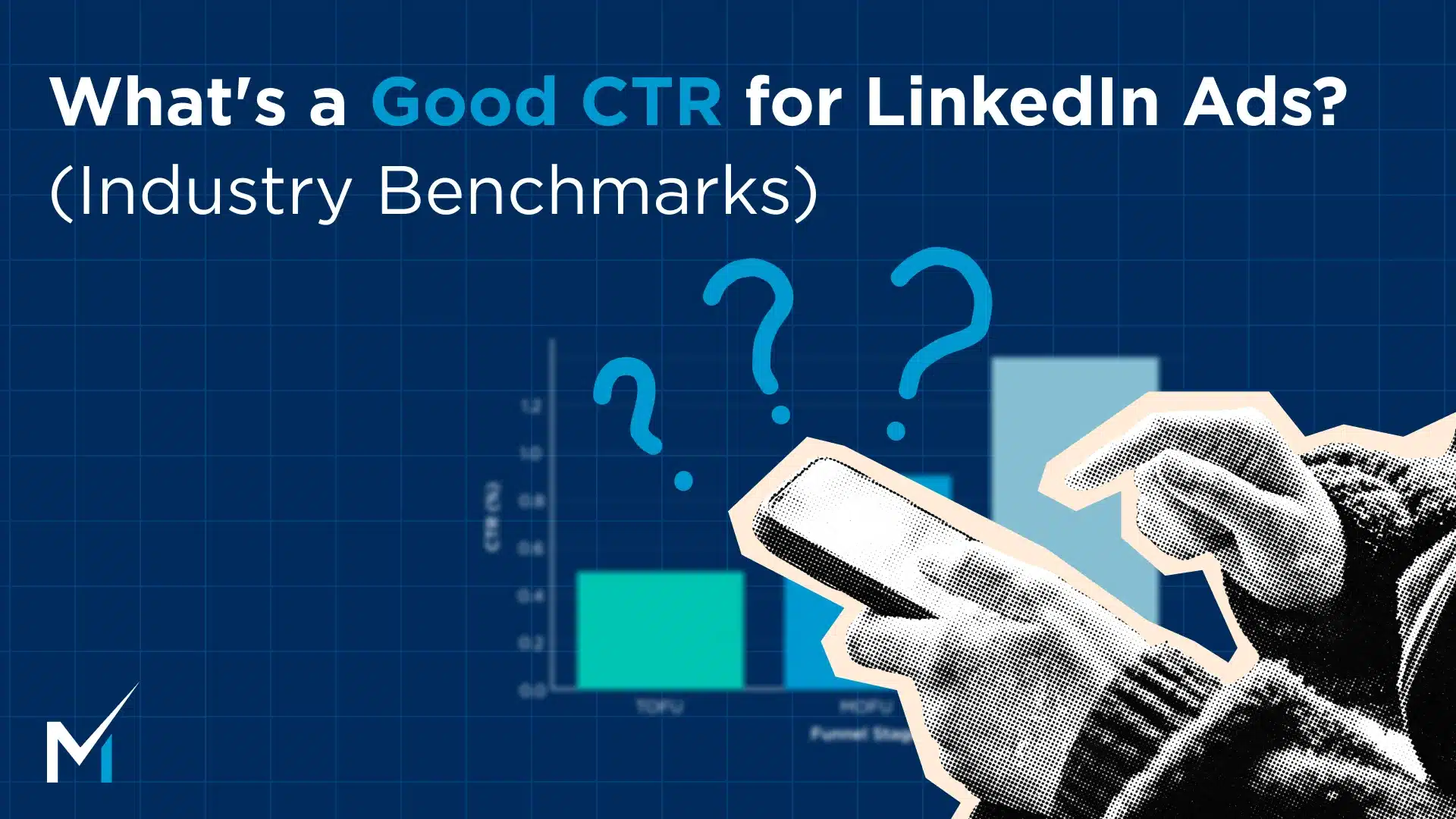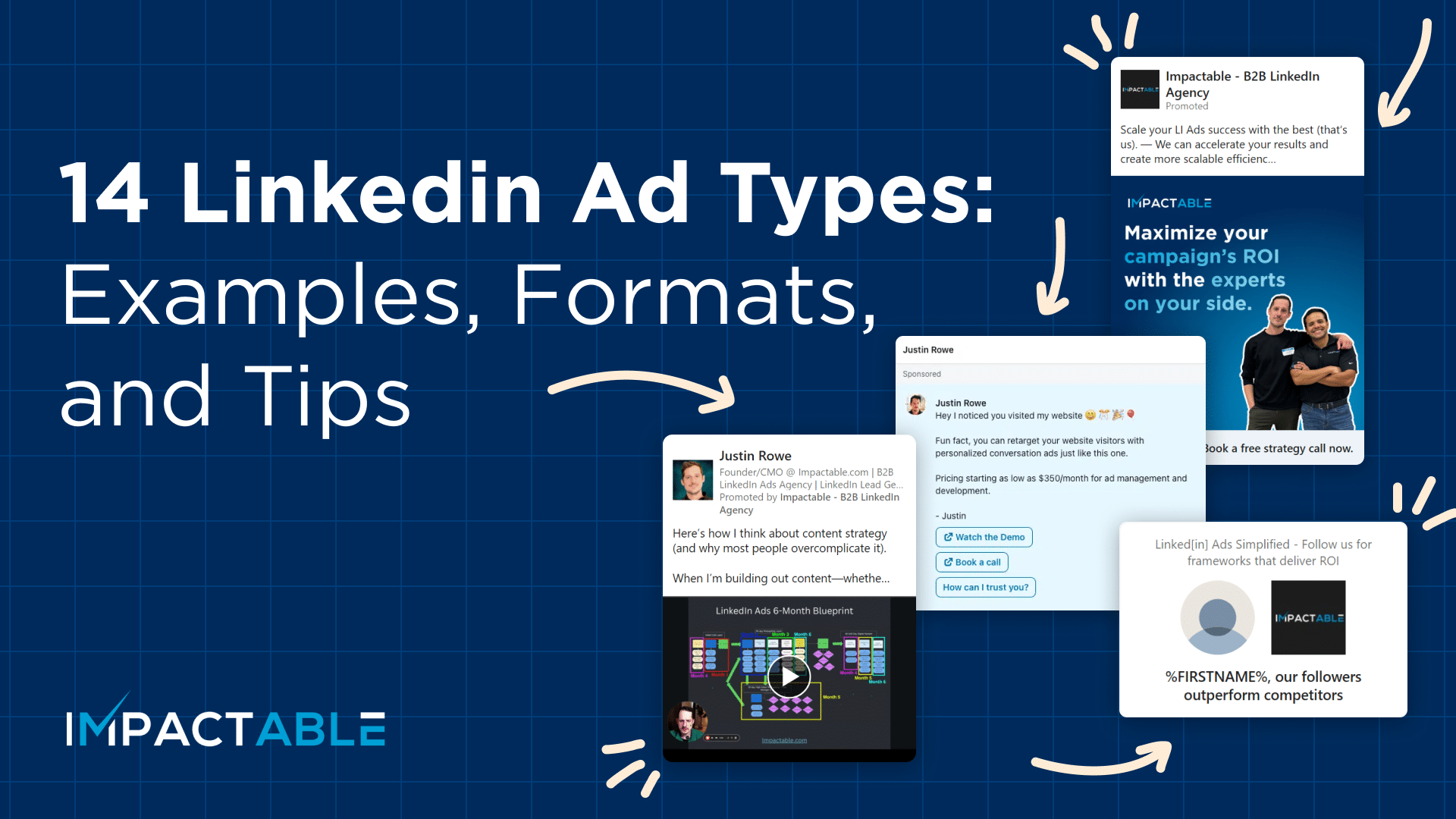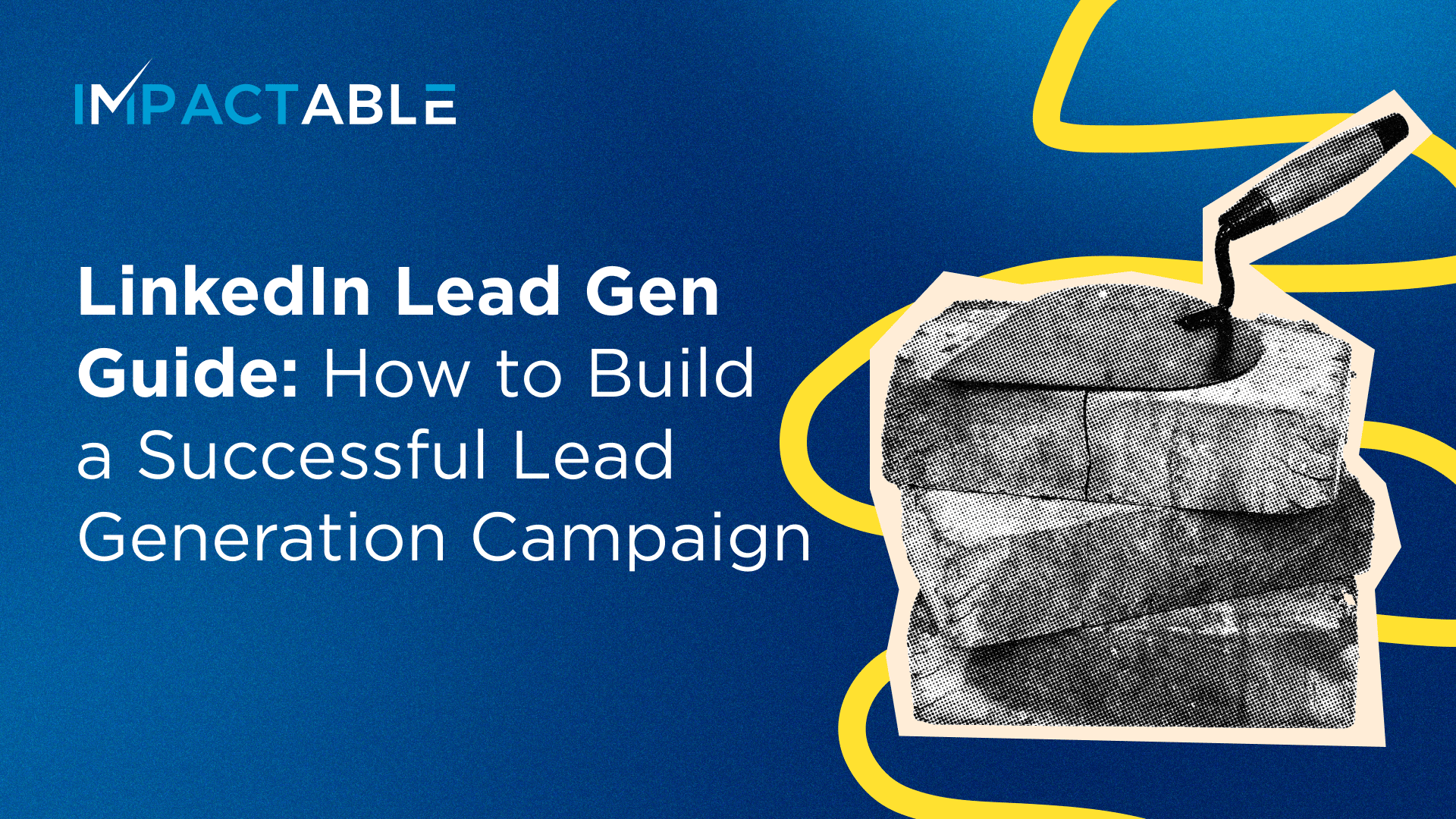Google just killed the keyword. Or did it?
That’s the line people keep repeating since AI Max for Search hit the scene. And honestly, it’s not just noise. This update changes the rules.
No more obsessing over match types. No more bloated keyword lists. You feed Google your site, some copy, and it figures out the rest. That’s the pitch.
But let’s be real. What they’re calling smart automation might just be another way to pull control out of your hands. Less visibility. Fewer levers. And a growing gap between what you think is working and what’s actually driving results.
We’re writing this because if you run paid search in B2B, you can’t afford to sleep on this. AI Max isn’t a feature. It’s a shift in how Google wants search to work. And if you don’t test it on your terms, you’ll be stuck playing by theirs.
What Is AI Max Anyway?
AI Max is Google’s newest campaign type built for Search. At first glance, it looks like a smarter, simpler way to run search ads. No keyword lists. No match types. Just plug in your site, your core offers, and let Google figure out who sees your ads and when.
It works a lot like Performance Max, but stays in the Search lane. Instead of blasting across YouTube, Gmail, and Display, AI Max keeps things grounded in search results. It uses the same machine logic to figure out what you sell, who might want it, and how to get you in front of them.
In theory, that means better targeting with less work. Google scans your site, reads your landing pages, grabs context from your existing campaigns, and builds the structure for you. It’s like giving the algorithm a rough sketch and letting it finish the blueprint.
But don’t confuse easy setup with better results. That’s where it gets tricky.
Google’s Pitch Sounds Great. Here’s What’s Actually Happening
The pitch is clean: more reach, fewer manual tasks, smarter ads. Google says you’ll get higher conversions with less effort. Just give the machine your landing page and a few inputs, and watch it build assets, match queries, and drive performance.
Early testers are reporting nice numbers. Some claim 14 to 27 percent lifts in conversions or conversion value without blowing up their CPA. Sounds solid. But let’s not act like that’s the whole story.
Because what those numbers don’t show is how much visibility you give up along the way. You don’t get to see the full list of what people searched. You don’t get to steer the ship with the same precision. You’re trusting the system to decide what matters, what to show, and who to show it to.
For some accounts, that tradeoff might be worth it. For others, especially in B2B, it might burn your budget fast and leave you wondering what actually worked.
The Real Trade-Off: You’re Losing Control
This is where it gets uncomfortable.
With AI Max, your keyword-level tweaks are gone. Match types? Pretty much irrelevant now. You’re not targeting the phrase. You’re trusting Google to figure out what the user meant.
And that trust comes at a cost.
Search term data is thinner than ever. You’ll see high-level performance, but not the full picture. You won’t always know which queries triggered your ads or what kind of traffic you’re paying for.
You’re handing over the wheel and hoping the machine reads the map right. Sometimes it does. Other times, it drives your ad into a completely wrong audience and then tells you the CTR was great.
If you like having levers to pull, this shift is going to feel rough.
For B2B and Lead Gen?
If you’re running ecommerce with clear products and fast conversions, AI Max might actually work fine. The intent is obvious. The feedback loop is short. Google doesn’t need to guess as much.
AI Max doesn’t know your ICP. It doesn’t care about job titles or deal stages. If you haven’t connected your CRM or passed real conversion signals back into the system, it’ll optimize for form fills that go nowhere.
For campaigns that need actual targeting built for long sales cycles, our demand gen services are built to drive quality, not just volume.
You’ll get more leads, but they’ll be fluff. Interns. Curious clicks. People kicking tires.
And once it decides that’s your benchmark for success, it’ll double down on it. That’s when your sales team starts asking what’s going on and your CPA report stops making sense.
The Bigger Picture: This Is About Control, Not Just Convenience
AI Max isn’t just about saving you time. It’s about shifting who’s actually in charge.
Google wants to own performance. You’re there to feed it inputs and hope for the best. Clean landing pages, some ad copy, a few conversion signals, and the rest gets decided behind the curtain.
The problem? If you can’t see what’s working, you can’t improve it. And if something breaks, good luck figuring out why.
Transparency is getting worse. Attribution is getting blurry. You’re spending money based on numbers you can’t fully trace.
This isn’t just a feature update. It’s a control shift. The platform keeps getting smarter while your visibility keeps shrinking.
If you’re cool with that, great. If not, it’s worth asking how much control you’re willing to hand over just to speed up campaign setup.
So What Should You Actually Do About It?
First off, don’t ignore it. AI Max isn’t going away. But that doesn’t mean you should roll it out across all your campaigns and hope for the best.
Test it, but test smart. Run it alongside your existing Search campaigns. Compare everything. Look past the surface-level metrics and dig into what kind of traffic and leads it’s actually bringing in. If you need a refresher, here’s our Google Ads 101 guide.
Feed it strong inputs. Your landing pages should be solid. Your conversion events should reflect real business value. If you give it junk, it learns the wrong signals and leans into them.
Watch incrementality. A good ROAS is nice, but it means nothing if you’re not evaluating lead quality across channels. You want new users, not recycled clicks.
Push back when needed. Google will try to make this the new normal. Ask hard questions. Demand data. Say no if it doesn’t make sense for your funnel or your sales cycle.
You’re still responsible for performance, even if the system wants to take over the steering. If AI Max isn’t cutting it alone, here’s how we enhance Google Ads with LinkedIn to keep your funnel full of the right people.
It’s Not the End of Search, But It’s a Whole New Game
AI Max isn’t just a new setting. It’s a shift in how Google wants you to run ads. Less control. Less visibility. And more trust in a system that doesn’t always show its work.
This is bigger than keywords. It’s about who really drives performance, your strategy or their algorithm.
The marketers who stay sharp will adapt. The ones who rely on autopilot will get left behind.
We’re testing AI Max across accounts right now. Watching what works. Calling out what doesn’t.
Want real feedback on how it fits your setup? We’ll run a teardown and show you where it helps or hurts.


